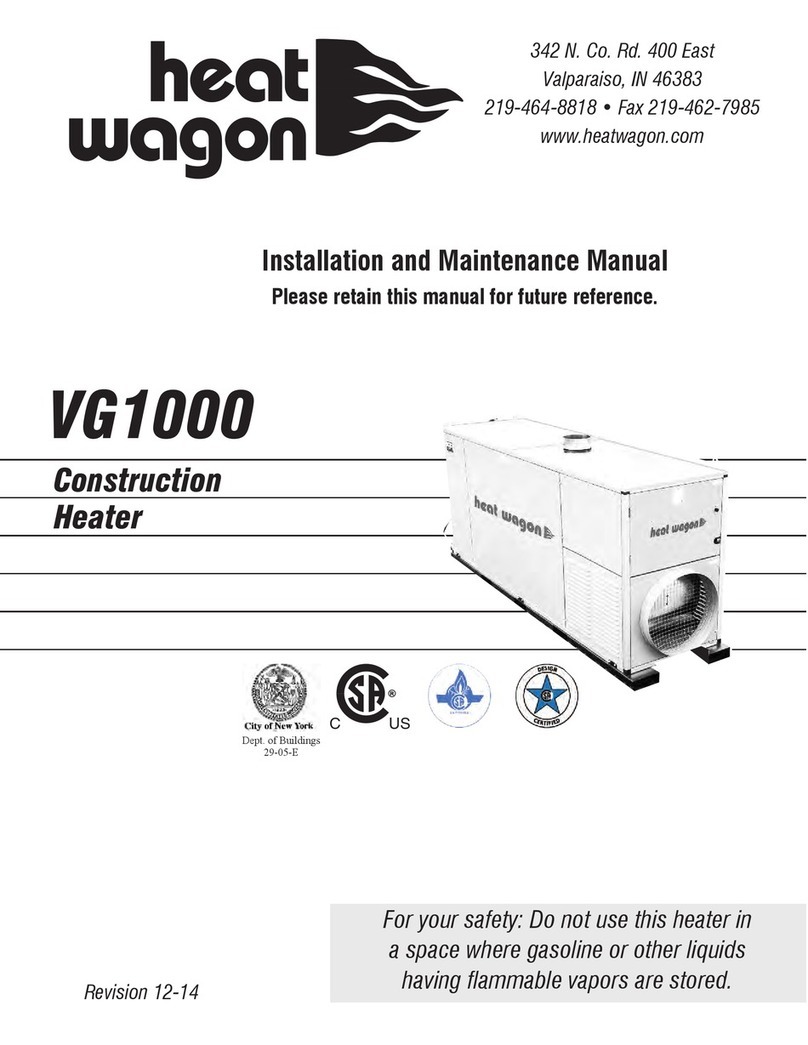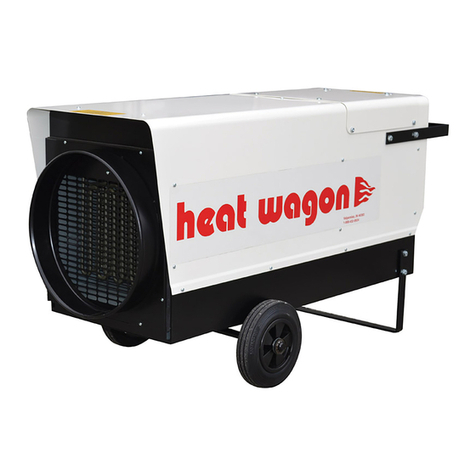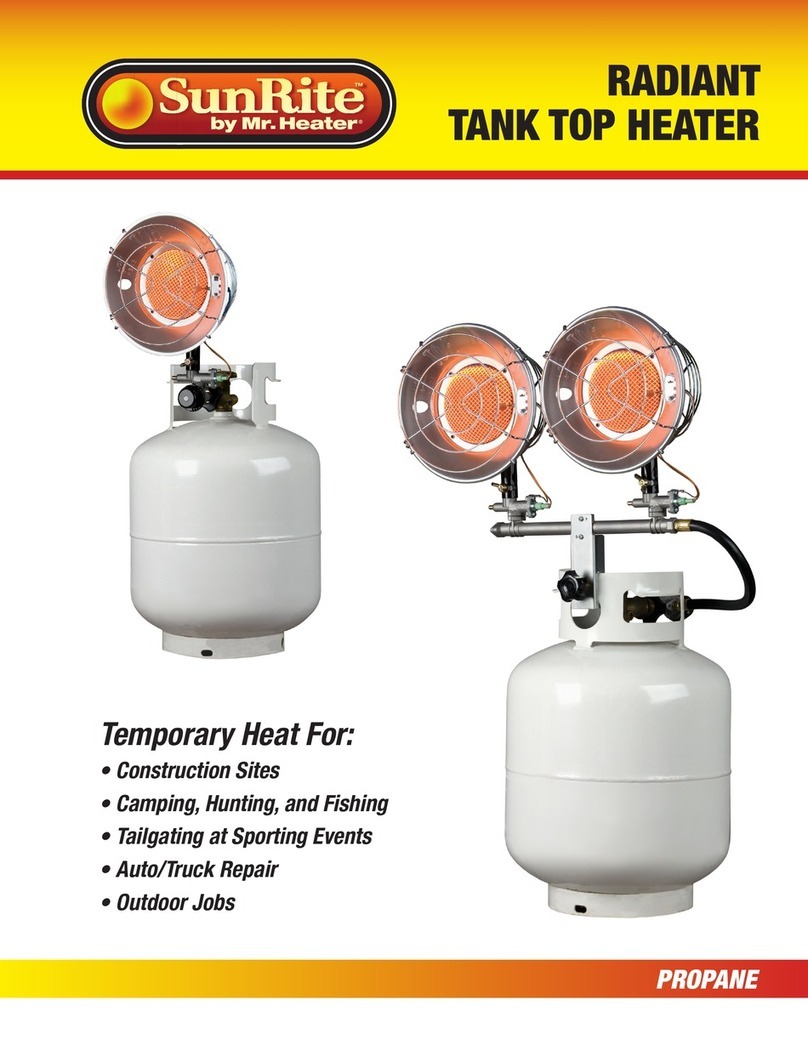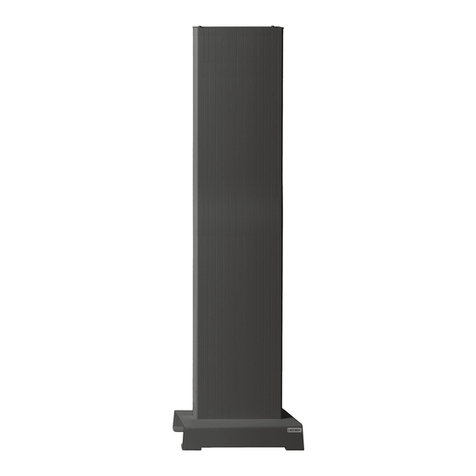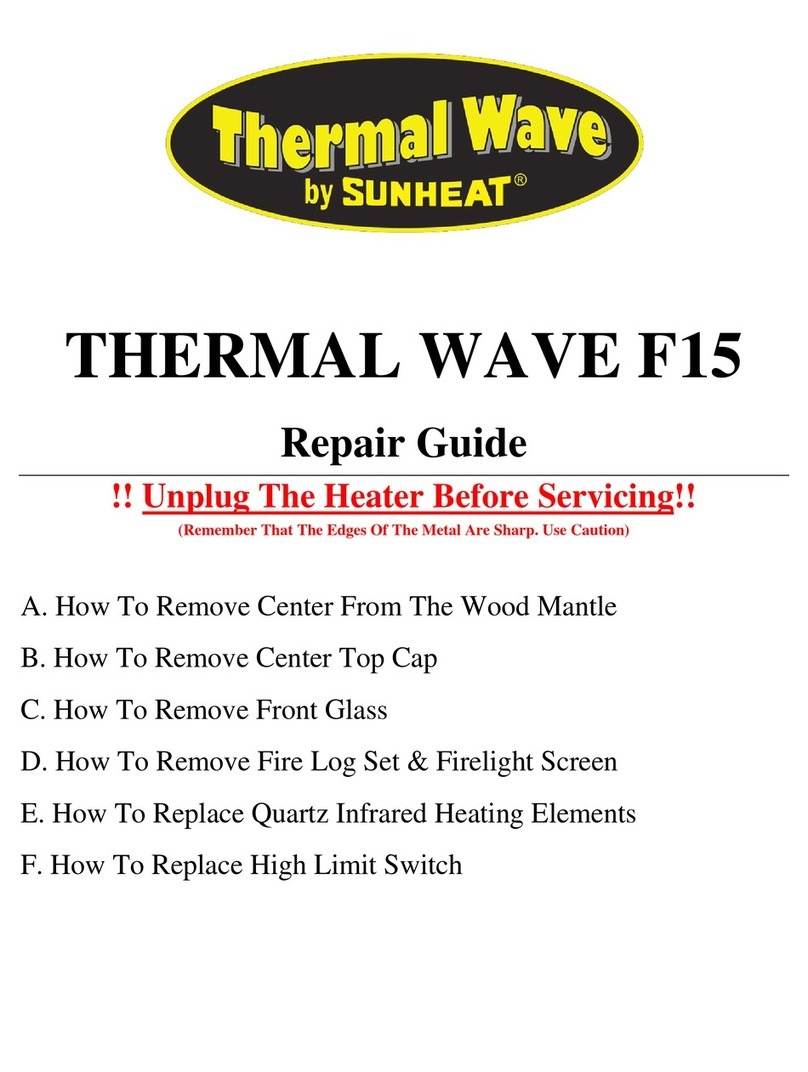Heatwagon 750NEF Manual


















Other manuals for 750NEF
1
Table of contents
Other Heatwagon Heater manuals

Heatwagon
Heatwagon Jumbo 600 Manual

Heatwagon
Heatwagon VF900SC The Dragon Wagon Manual
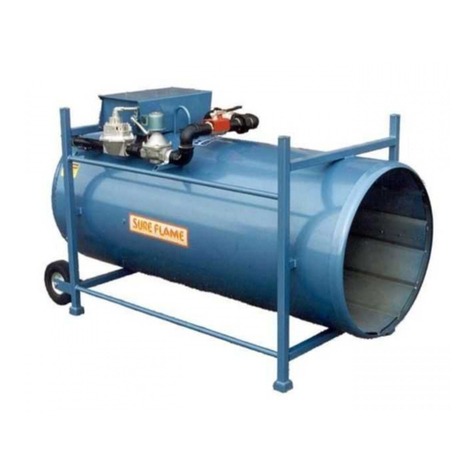
Heatwagon
Heatwagon S1505 Manual

Heatwagon
Heatwagon HVF210HD Manual

Heatwagon
Heatwagon DG250 Manual
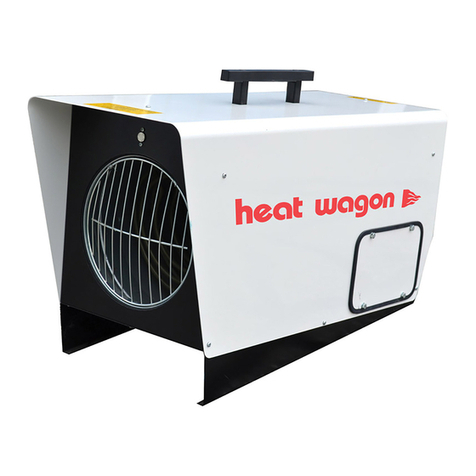
Heatwagon
Heatwagon p1800 Manual

Heatwagon
Heatwagon 4200 Manual
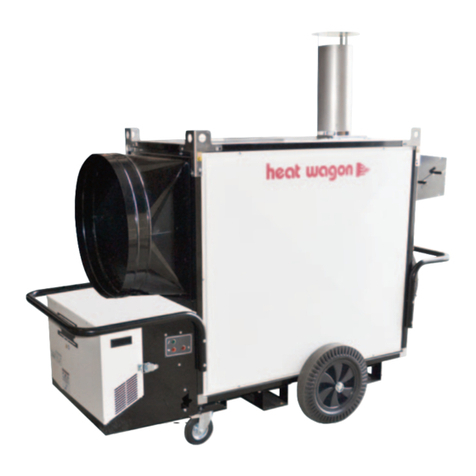
Heatwagon
Heatwagon VG600A Manual

Heatwagon
Heatwagon 1800B(L) Manual

Heatwagon
Heatwagon 1800 Manual

Heatwagon
Heatwagon HVF180 Manual

Heatwagon
Heatwagon HVF110 Manual

Heatwagon
Heatwagon VG500 Manual
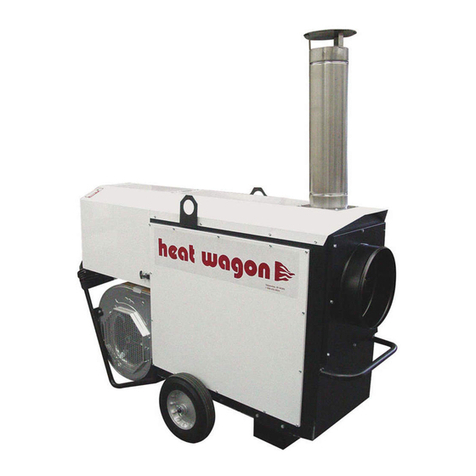
Heatwagon
Heatwagon VG400 Manual

Heatwagon
Heatwagon HVF110 Manual

Heatwagon
Heatwagon HVF110 User manual
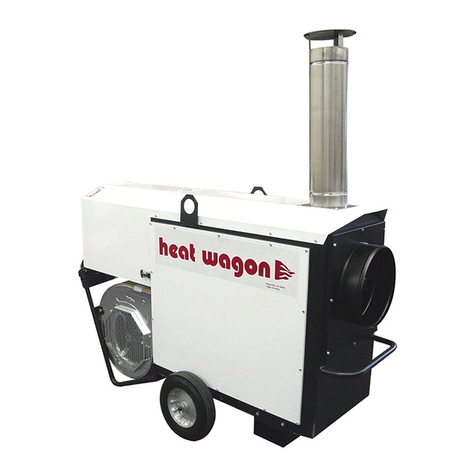
Heatwagon
Heatwagon VF400 Manual

Heatwagon
Heatwagon 21103000 Manual

Heatwagon
Heatwagon DG250 Manual
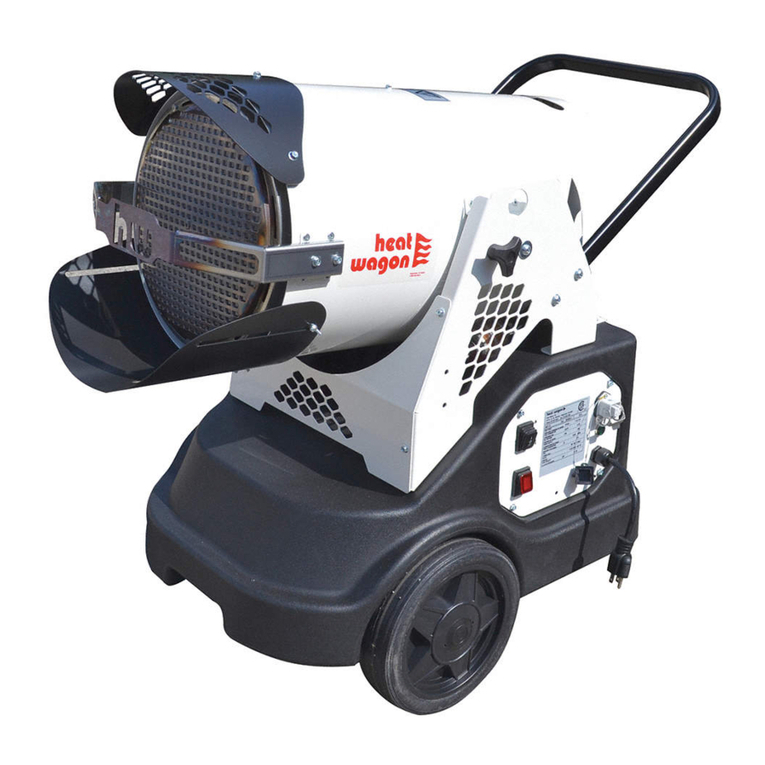
Heatwagon
Heatwagon HRF115 Manual
Popular Heater manuals by other brands
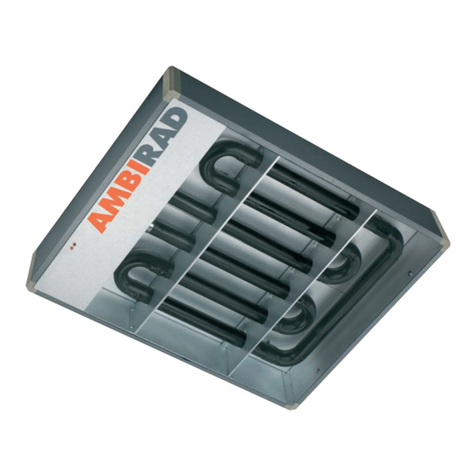
Ambirad
Ambirad VISION COMPACT VC40 Operation, maintenance and servicing manual
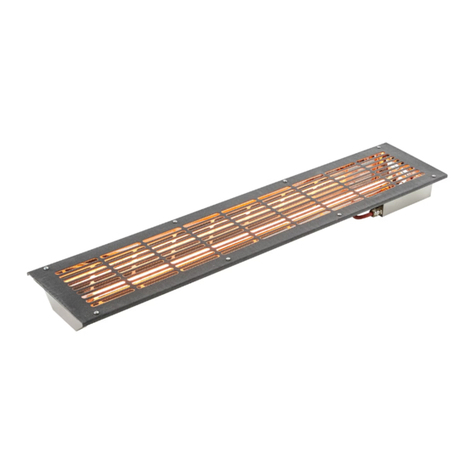
infra world
infra world VITALlight-IPX4 A6066 INSTRUCTIONS FOR ASSEMBLY AND FOR USE

Kero-Sun
Kero-Sun KON-09 instruction manual
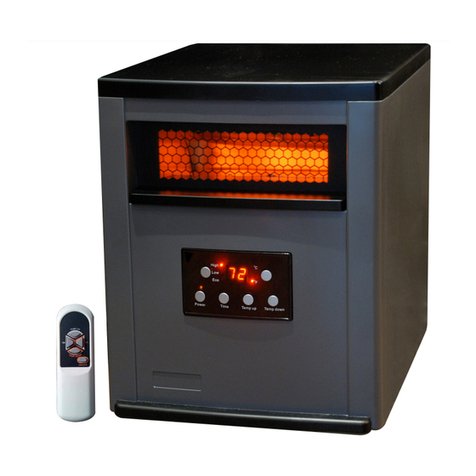
Life Smart
Life Smart LS-6BPIQH-X Owners installation and operating manual
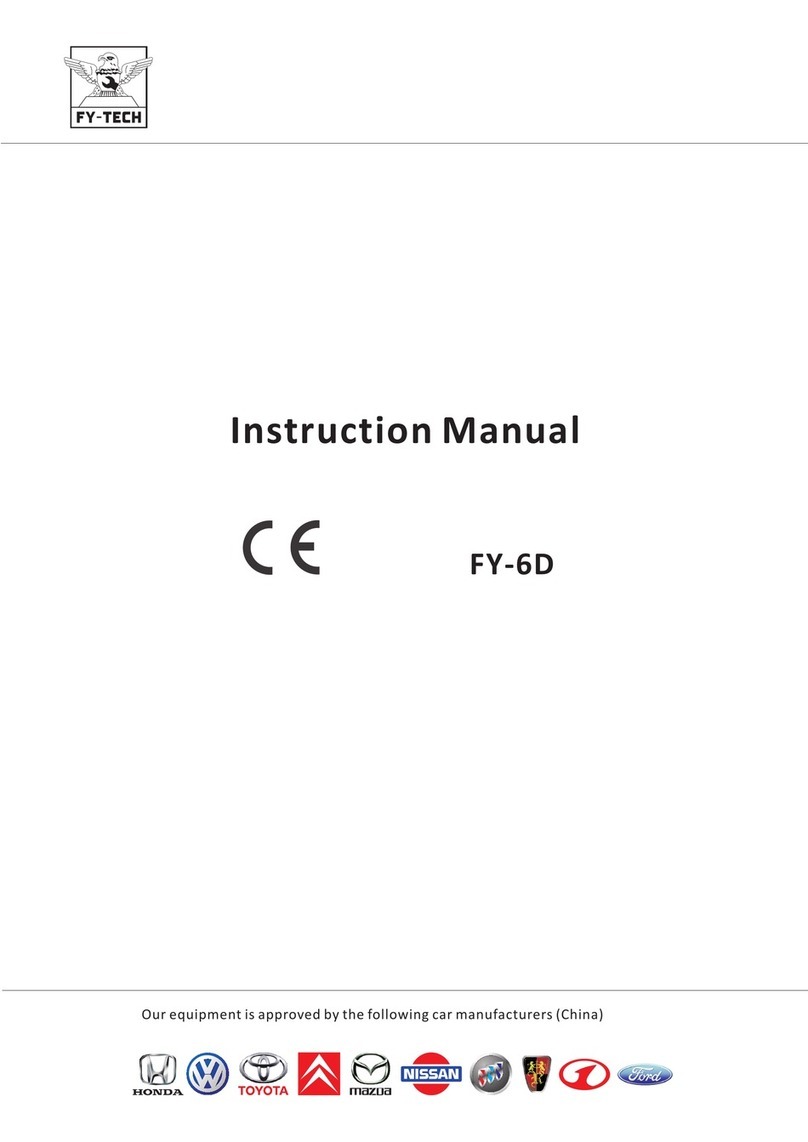
Fytech
Fytech FY-6D instruction manual

ProFusion
ProFusion PH-960N owner's manual
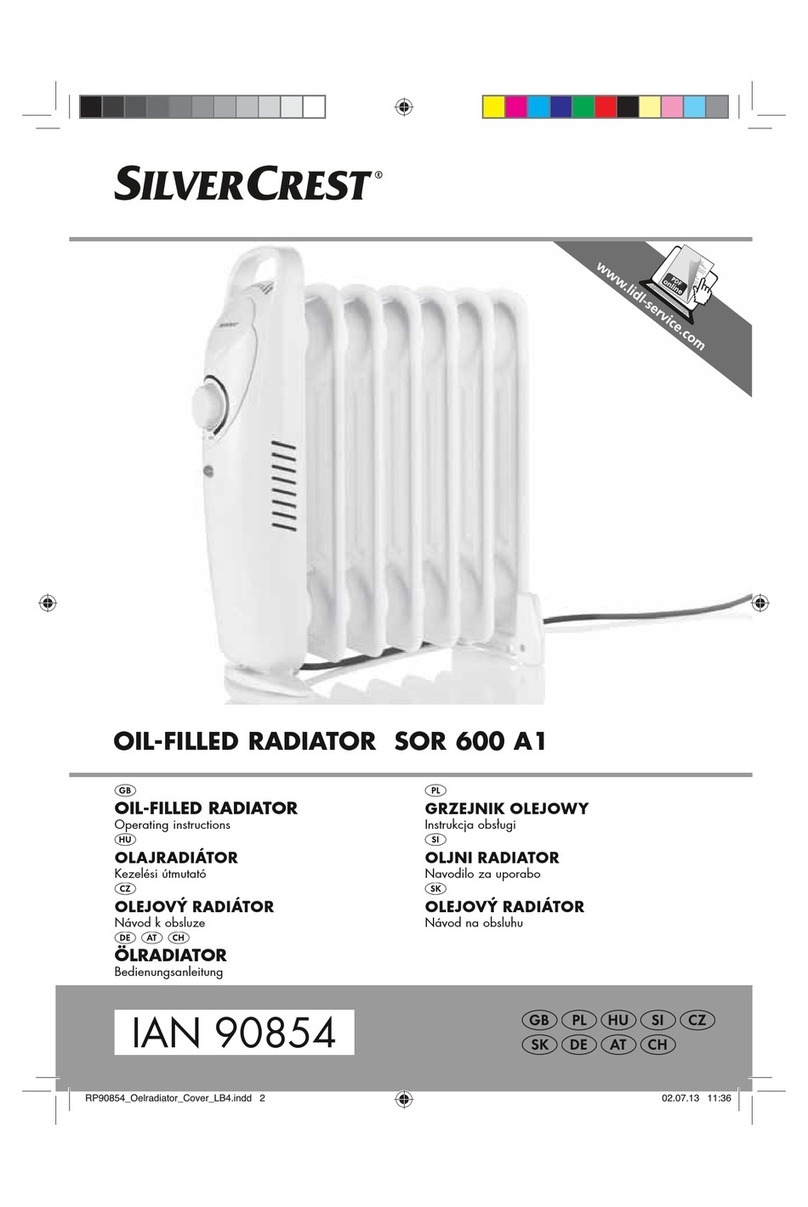
Silvercrest
Silvercrest SOR 600 A1 operating instructions
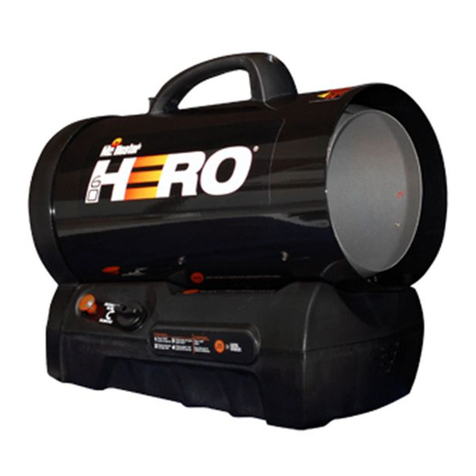
MrHeater
MrHeater MH60CLP Operating instructions and owner's manual

MrHeater
MrHeater HS50KT Operating instructions and owner's manual
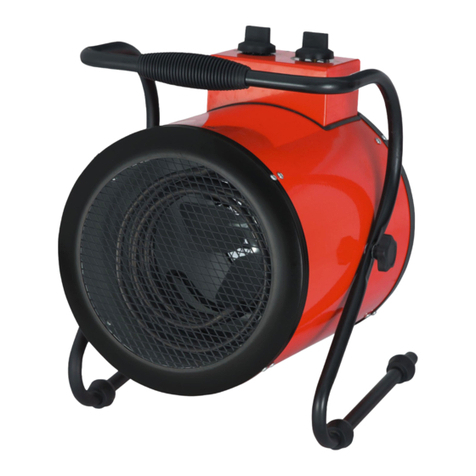
Warmtech
Warmtech CG3001 Original instructions

Dura Heat
Dura Heat DFA45 user manual
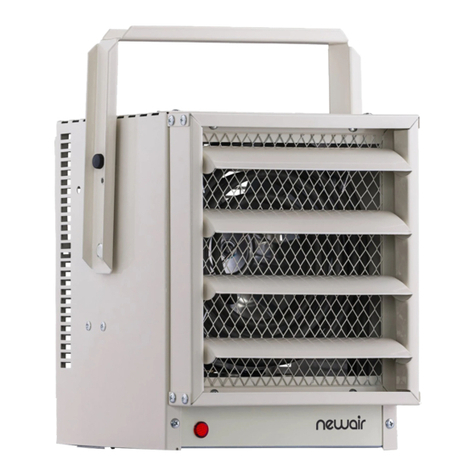
New Air
New Air G73 owner's manual

